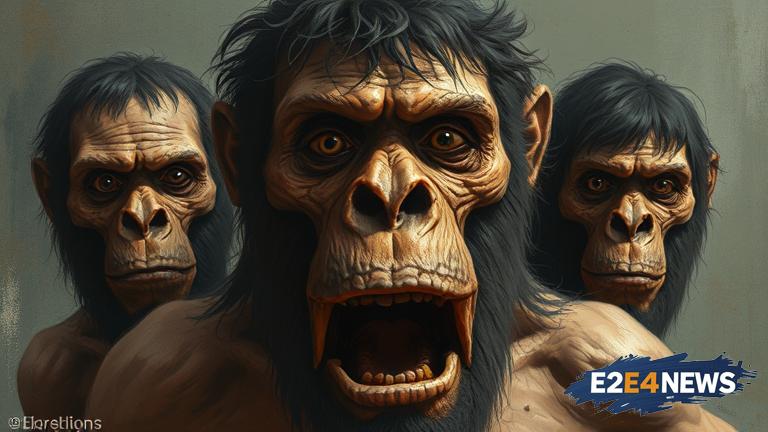Neanderthals, also known as Homo neanderthalensis, are an extinct species of human that lived in Europe and Asia from around 400,000 to 40,000 years ago. For a long time, the appearance of Neanderthals has been a topic of interest and debate among scientists and historians. Recent studies have shed new light on the physical characteristics of Neanderthals, revealing a more nuanced and complex picture of our ancient human relatives. One of the most significant discoveries is that Neanderthals were not as different from modern humans as previously thought. In fact, they shared many physical characteristics with us, including a similar body shape and size. However, there were also some notable differences, such as their stocky build, prominent forehead, and protruding jaw. Neanderthals also had a more pronounced nose and a heavier bone structure than modern humans. Their skin was likely darker than that of modern Europeans, and they may have had more body hair. Despite these differences, Neanderthals were highly adaptable and resourceful, able to survive in a variety of environments and climates. They were skilled hunters and gatherers, and their diet consisted of a variety of plants and animals. Neanderthals also had a sophisticated social structure, with evidence of complex tool use and cultural practices. In fact, recent studies have shown that Neanderthals were capable of creating art and jewelry, and may have even had a form of language. The discovery of Neanderthal DNA in modern humans has also revealed that there was interbreeding between the two species, with many present-day humans retaining Neanderthal genes in their DNA. This has significant implications for our understanding of human evolution and the origins of modern humans. Despite their many similarities to modern humans, Neanderthals ultimately went extinct, with the exact reasons for their disappearance still unknown. However, it is clear that they played a significant role in shaping the course of human history, and their legacy continues to fascinate and inspire us today. The study of Neanderthals has also led to a greater understanding of the evolution of human cognition and behavior, and has raised important questions about the nature of human identity and our place in the world. As our knowledge of Neanderthals continues to grow, we are reminded of the complexity and diversity of human history, and the many mysteries that still remain to be uncovered. The discovery of Neanderthal fossils and artifacts has also highlighted the importance of preserving our cultural and scientific heritage, and the need for continued research and exploration into the mysteries of human evolution. In conclusion, the appearance of Neanderthals is a fascinating and complex topic that continues to capture the imagination of scientists and historians alike. As we continue to learn more about our ancient human relatives, we are reminded of the importance of understanding and appreciating our shared human heritage. The study of Neanderthals has also led to a greater appreciation of the diversity and complexity of human evolution, and has raised important questions about the nature of human identity and our place in the world. Furthermore, the discovery of Neanderthal DNA in modern humans has significant implications for our understanding of human evolution and the origins of modern humans. Additionally, the study of Neanderthals has also led to a greater understanding of the evolution of human cognition and behavior, and has raised important questions about the nature of human identity and our place in the world. The legacy of Neanderthals continues to fascinate and inspire us today, and their story serves as a reminder of the complexity and diversity of human history.





